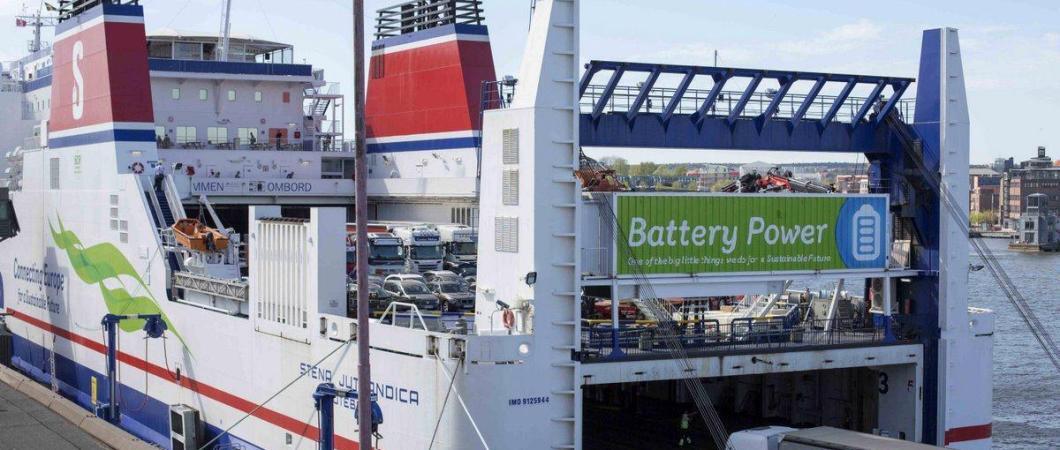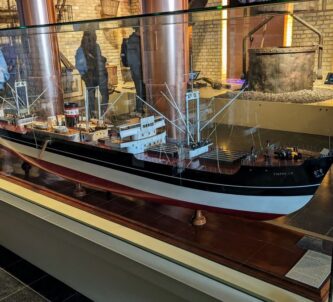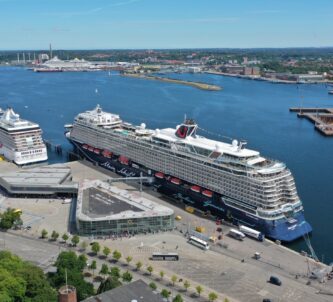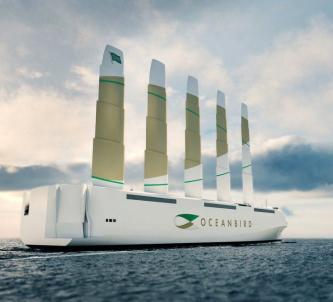The Stena Jutlandica, which runs between Frederikshavn and Gothenburg¹, has now completed its first month of operation as a battery hybrid vessel, using both generators and batteries to power the ship’s electrical propulsion.
Sten’s battery project is being trialled in steps so that the technology can be assessed and developed incrementally.
Step One, which is presently underway, is about switching to electrical operation to reduce the use of diesel generators, as well as for maneuvering and powering the bow thrusters when the ship is in port.
“It’s really exciting to be running with electrical power on the Stena Jutlandica. This project is an important part of our focused efforts to find ways of reducing our impact on the environment. As both the size and cost of batteries decrease, battery operation is becoming a very attractive alternative to traditional fuel for shipping as it should be possible to completely eliminate emissions in the future,” says Erik Lewenhaupt, Head of Sustainability at Stena Line.
In Step Two, battery power will be connected to two of the four primary motors, which means that the Stena Jutlandica will be able to run on electrical power for about 10 nautical miles inside the archipelago out to Vinga Lighthouse (Gothenburg, Sweden).
During Step Three, all four primary motors will be connected to the batteries and the ship will be able to cover the 50 nautical miles between Sweden and Denmark solely on electrical power.
A number of positive effects have already been noted after this first month.
“We’ve been able to significantly reduce our use of the diesel generators and now only need to use one instead of three. Another positive effect concerns safety. Having constant access to electricity, we minimize the risk for power outages”, says Johan Stranne, Senior Chief Engineer on the Stena Jutlandica.
In Step One alone, the environmental savings from using battery power for reduced generator usage and maneuvering in port amounts to approximately 500 tons of fuel saved and 1,500 tons of reduced CO2. This corresponds to the annual emissions from approximately 600 cars.
If Stena’s battery project is successful, battery power can be considered for other vessels within the Stena Line fleet.
¹ So, here is your back-at-school geography test! Which Scandinavian body of water does Stena Jutlandica cross – Skagerrak? or Kattegat?
[amazon_link asins=’B077F5WKZ8,1326612824,B0041IYVFM,1911268074,B003BJTF44,B009H74GA2,B003BJPED0,B003BJRHZI’ template=’ProductCarousel’ store=’mechtraveller-21′ marketplace=’UK’ link_id=’43b06628-d84f-11e8-ba16-19a616d1d09d’]







